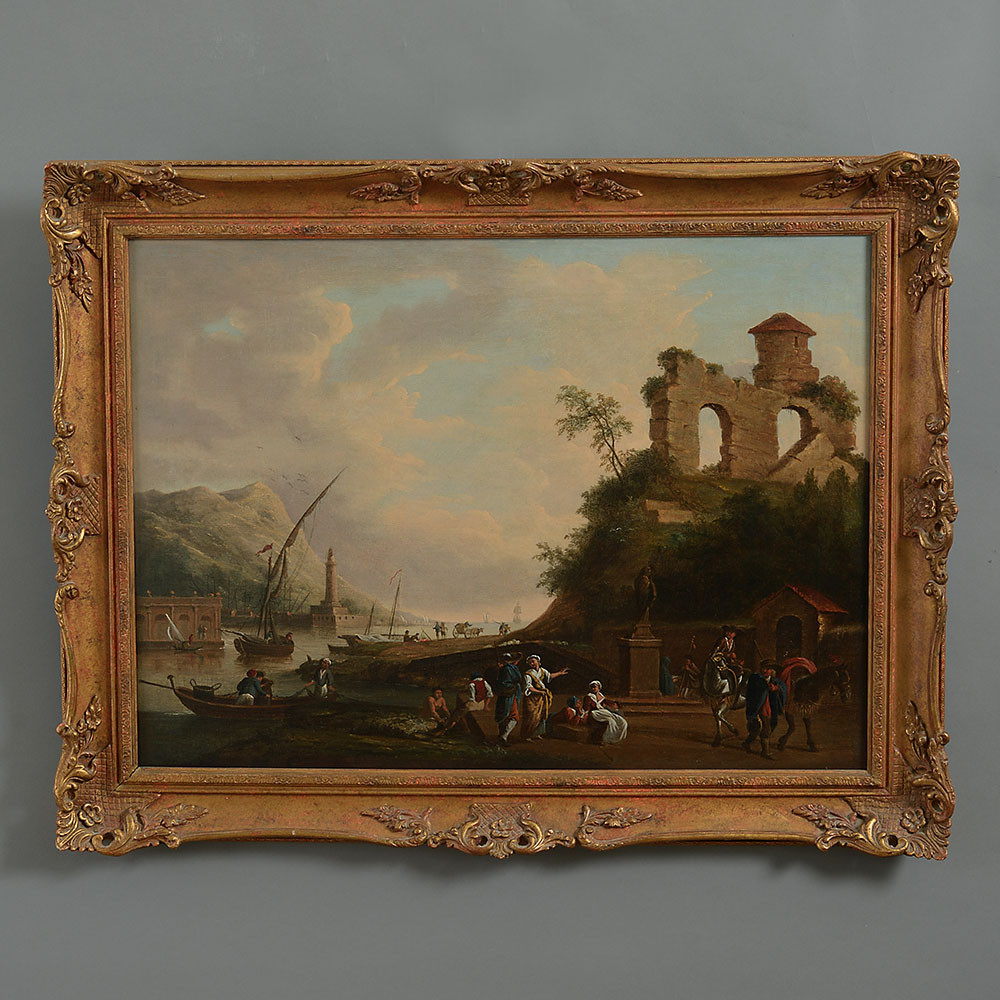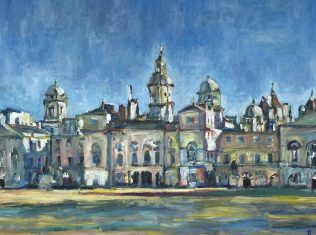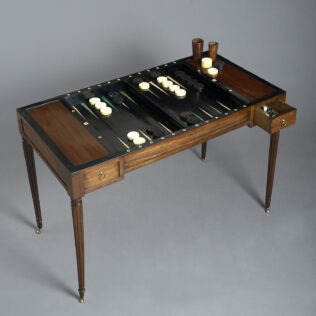Subtotal: £3,700
Pictures, Special Reports
The Importance of Framing: A brief examination on the importance of the frame
“It’s funny how the beauty of art has so much more to do with the frame than the artwork itself.”
― Chuck Palahniuk, Choke
Frames: the subordinate assistants to the art they support? When reflecting on some of the greatest paintings in public collections today there would be few people who could describe, in detail, the frames in which they hang. When the paintings themselves are illustrated in books and magazines, the frames often play victim to cropping.
The artists, therefore, who painstakingly selected frames to compliment their paintings or indeed not to intrude, would most likely be appalled that their works were being reframed to adhere to alternative room settings or comply with modern taste. In the antiques industry it is common to find paintings reframed over time, either due to a change in interior setting or a damaged frame.
This 18th-century portrait, painted circa 1700, is held in a giltwood rococo frame. The sitter’s beauty, and the silk of her dress, are enhanced by the rich gold in the frame as well as the suggestive rococo curves which are a playful juxtaposition against her virginal appearance but also compliment her vitality and youth. Certainly the blue and red silk could never, for example, have been enhanced by a plain, ebony frame. Such an opulent frame is indicative of a portrait produced by the favoured court painter to the then-exiled James II of England.
By contrast, this charming pencil sketch of two greyhounds, drawn in England circa 1860, sits in a burr maple frame with a subtle giltwood border. The greyhounds have been exquisitely executed although, most likely, as a study of the canine form and so as a pencil sketch and it would be entirely inappropriate to place it in an ornate frame.
This Italian landscape was, most likely, a souvenir of a Grand Tourist in the 18th century. It contains a variety of themes within the scene executed in vivid tones inviting the spectator to step into the painting. The frame is not intrusive but the giltwood and its restrained decoration enhance the colours.
Framing has always, and will continue to challenge painters, antique collectors and interior designers. They should enhance without intruding and provide a pied-a-terre between us and the fictional world of the canvas.

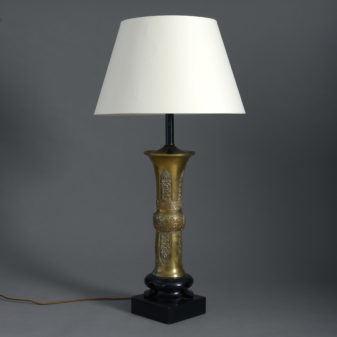 A Bronze Trumpet Vase Table Lamp
A Bronze Trumpet Vase Table Lamp 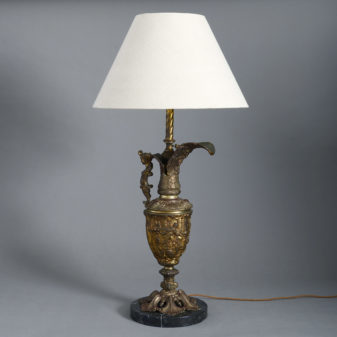 A Gilt Metal Ewer as a Table Lamp
A Gilt Metal Ewer as a Table Lamp 